Role of Architectural BIM in Sustainable Building Design
Discover how architectural BIM is Revolutionizing Sustainable Building Design
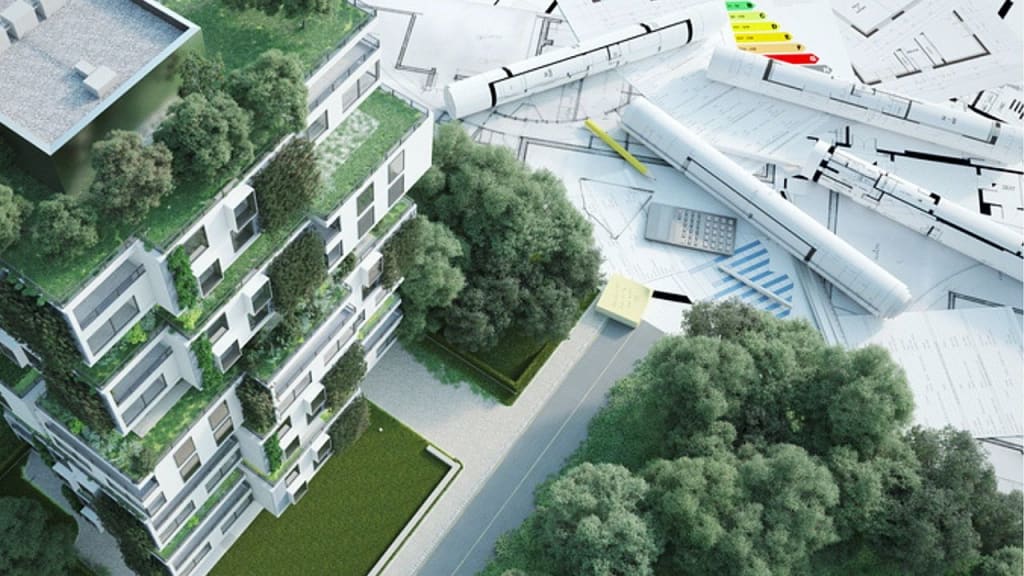
Exploring the Role of Architectural BIM in Sustainable Building Design
As the effects of climate change continue to worsen, the need for sustainable building design becomes increasingly urgent. One key tool that architects can utilize for this purpose is Building Information Modeling (BIM).
In this article, we will explore the role of architectural BIM in sustainable building design, its connection to energy efficiency, material optimization, and indoor environmental quality, and highlight several case studies that showcase its potential.
Understanding Architectural BIM
To start, it's important to define the concept of Building Information Modeling (BIM). BIM is a digital tool that is used to create a model of a building's design and construction process.
The BIM model consists of 3D objects with data attached that can represent anything from material information to cost estimates.
This model allows all stakeholders in the building process to work together with a shared visual representation of the building, reducing errors and allowing for more efficient design and construction.
"With BEP implemented Architectural BIM services, you can ensure that your building design is optimized for efficiency, cost-effectiveness, and sustainability."
Key Components of Architectural BIM
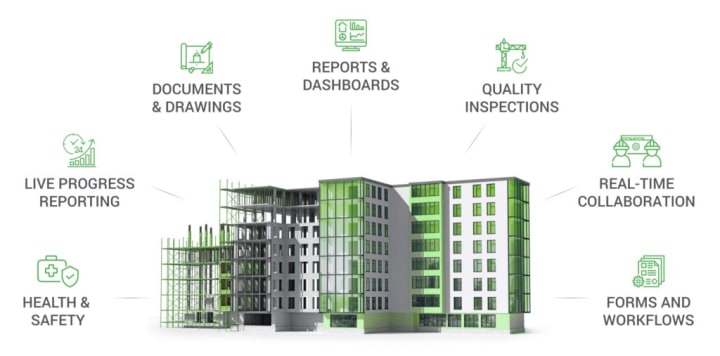
The key components of architectural BIM include the 3D model, building data, and collaboration tools. The 3D model is the central component of the BIM process, which is used to represent the building's design and construction process in the digital platform.
Building data includes information related to properties, materials, and costs that is attached to the model, providing the necessary context for the project's stakeholders.
Collaboration tools allow all stakeholders to share and collaborate on the BIM model, ensuring the most efficient and effective design and construction.
One of the most important benefits of BIM is that it allows for the integration of all building data into a single platform. This means that architects, engineers, and builders can all work together on the same model, which reduces the likelihood of errors and miscommunications.
Additionally, BIM allows for the creation of accurate cost estimates and material lists, which can help to reduce waste and save money during the construction process.
The Evolution of BIM in Architecture
BIM has evolved significantly in the architecture field over the years, from simple 2D designs, to 3D models, to the integration of data and collaboration tools.
Early forms of BIM were primarily used for creating 2D drawings and drafting, but as technology advanced, the capacity for 3D visualization and modeling greatly expanded.
Today BIM is an essential tool in architectural design and construction, and its use is only increasing.
One of the most significant advances in BIM technology has been the development of cloud-based platforms, which allow for even greater collaboration and accessibility.
With cloud-based BIM, stakeholders can access and edit the model from anywhere in the world, which can help to streamline the design and construction process even further.
BIM is an essential tool in modern architectural design and construction. It allows for more efficient and effective collaboration between all stakeholders, reduces errors and miscommunications, and can help to save time and money during the construction process.
As technology continues to advance, it's likely that BIM will only become more integrated into the architecture industry, further improving the design and construction process.
The Connection Between BIM and Sustainable Design
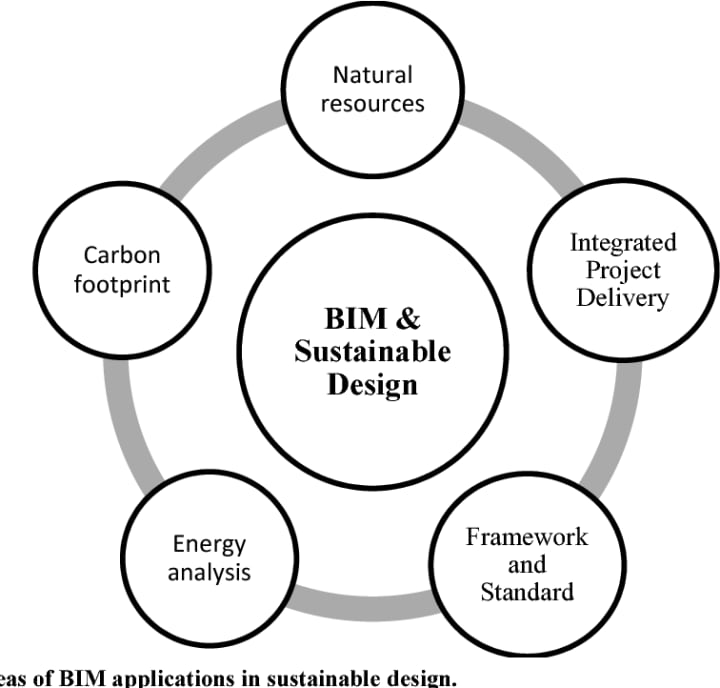
One of the biggest advantages of using BIM in architectural design is its connection to sustainable building design. By creating a digital model with all building information integrated, architects can better optimize energy efficiency, material selection, and indoor environmental quality.
In this way, BIM can promote a more sustainable future by reducing a building's overall environmental impact.
BIM's Impact on Energy Efficiency
Using BIM for energy efficiency involves the integration of energy analysis tools into the digital model of the building. This allows for the modeling of energy use and analysis of various energy-saving strategies.
For example, architects can optimize window placement for maximum natural lighting, or use thermal insulation to reduce the need for heating and cooling systems. By reducing a building's overall energy usage, BIM can contribute to a more sustainable future.
Additionally, BIM can help architects identify areas of a building that may be prone to energy loss, allowing for targeted improvements to be made.
Furthermore, BIM can be used to analyze a building's energy usage over time, allowing architects to track the effectiveness of energy-saving strategies and make adjustments as needed.
This can lead to long-term energy savings and a more sustainable building over time.
Material Optimization and Waste Reduction
BIM can also help with material optimization and waste reduction. By creating a digital model with all building data integrated, architects can make informed material selection decisions that take into account sustainability concerns.
For example, BIM can be used to select materials with a lower carbon footprint or that are locally sourced, reducing the environmental impact of the building's construction.
Additionally, BIM can be used to optimize material usage, reducing waste and promoting a more efficient construction process. By accurately modeling the building's components, architects can ensure that materials are used in the most efficient way possible, reducing the need for excess materials and minimizing waste. This can lead to cost savings as well as environmental benefits.
Enhancing Indoor Environmental Quality
Finally, BIM can be used to promote indoor environmental quality by modeling air circulation, lighting, and other building systems. This allows architects to optimize indoor environments for occupant health and well-being.
For example, BIM can be used to model natural ventilation systems that promote fresh air flow and reduce the need for artificial cooling systems. Additionally, BIM can be used to model lighting systems that promote natural light and reduce the need for artificial lighting.
By creating a sustainable, healthy indoor environment, BIM can promote a more sustainable future for all.
This is particularly important given the amount of time that people spend indoors, and the impact that indoor environments can have on their health and well-being.
BIM Tools and Technologies for Sustainable Design
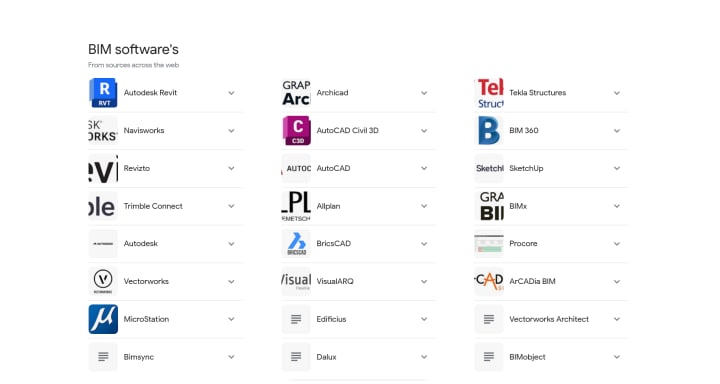
There are several tools and technologies that can be used with BIM to promote sustainable design. These include energy analysis and simulation tools, life cycle assessment (LCA) integration, and collaboration and cloud-based solutions.
Energy Analysis and Simulation Tools
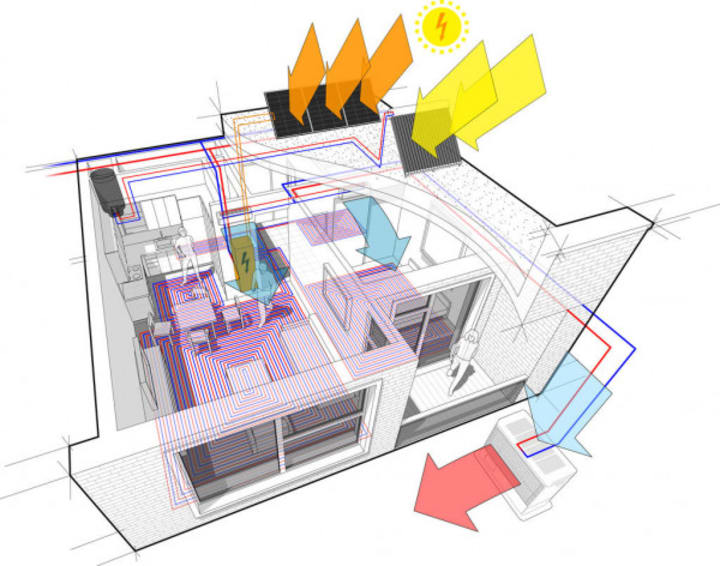
Energy analysis and simulation tools are used to analyze the building's energy usage and potential energy-saving strategies. With BIM, architects can integrate these tools directly into the digital model, allowing for real-time analysis and informed decision making.
Life Cycle Assessment (LCA) Integration
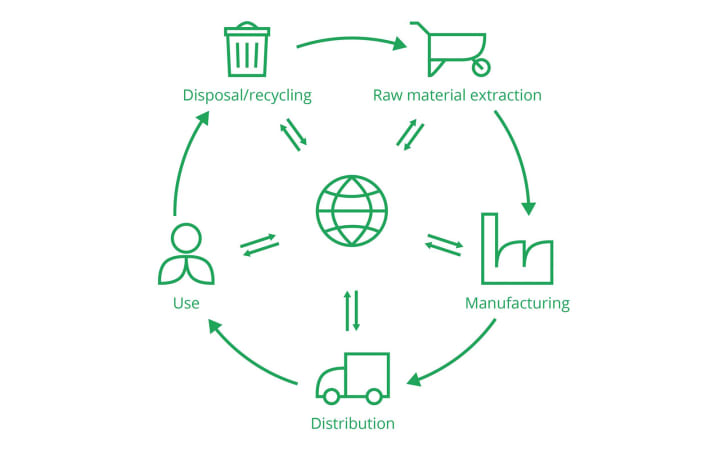
LCA integration involves the analysis of a product's environmental impact throughout its entire lifecycle, from manufacturing to disposal. BIM can be used to integrate LCA data into the digital model, promoting more sustainable material and product selection.
Collaboration and Cloud-Based Solutions

Finally, collaboration and cloud-based solutions allow all stakeholders in the building process to work together effectively, regardless of location. With BIM models accessible from anywhere, architects, engineers, and contractors can collaborate more efficiently, reducing errors and speeding up the construction process.
Case Studies: BIM in Sustainable Building Projects
There are several case studies that showcase the potential of BIM in sustainable building design. These include the Bullitt Center, the Edge, and the Crystal.
The Bullitt Center: A Living Building Challenge
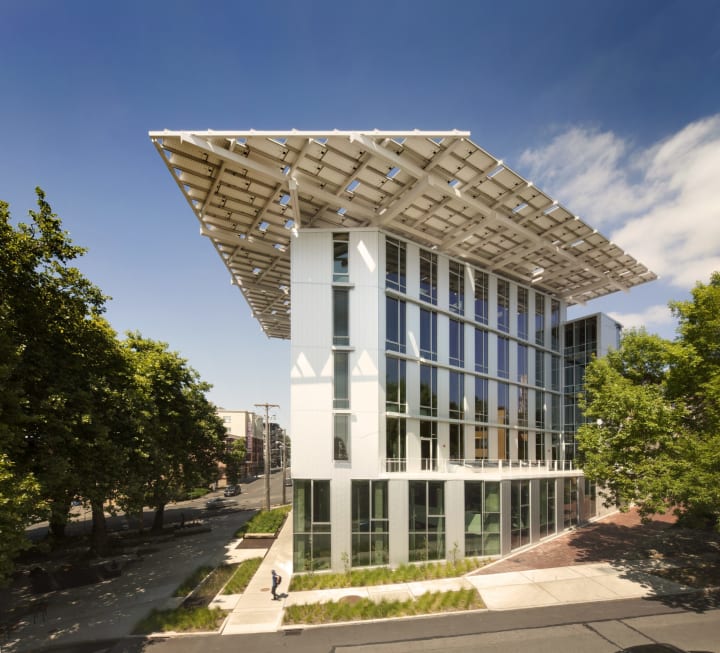
The Bullitt Center in Seattle, Washington is a four-story commercial building that is designed to meet the Living Building Challenge, the most strict sustainability certification program worldwide. BIM played a critical role in the Bullitt Center's planning, construction, and operation. By creating a comprehensive digital model that integrated all of the building's features and systems, the project team was able to coordinate construction more efficiently, reducing waste and saving costs.
The Edge: A Smart and Sustainable Office Building
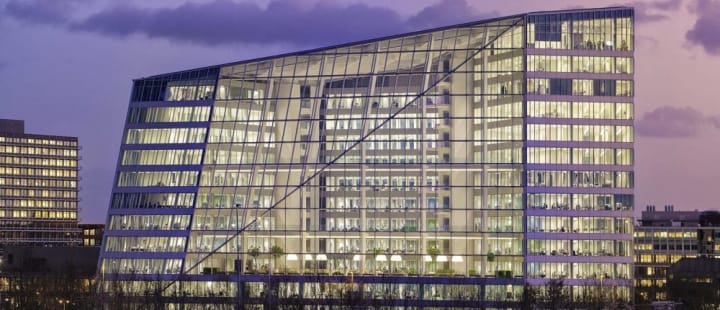
The Edge in Amsterdam, Netherlands is a smart office building that uses BIM to optimize energy use and indoor environmental quality. By integrating data on lighting, heating, and ventilation systems into the digital model, the Edge was able to achieve an outstanding BREEAM rating (Building Research Establishment Environmental Assessment Method), the world's foremost sustainability assessment.
The Crystal: A Model for Urban Sustainability

The Crystal in London, England is a sustainable building that houses an exhibition on sustainable cities. BIM was used in the planning, design, and construction of the Crystal, allowing for the efficient and sustainable use of materials and resources. By using BIM, the project team was able to reduce waste and promote sustainable design in a dense urban environment.
Final Thoghts
Exploring the role of architectural BIM in sustainable building design is crucial for a more sustainable future. BIM's connection to energy efficiency, material optimization, and indoor environmental quality makes it an essential tool in the architect's toolkit. By harnessing the power of BIM, architects and designers can make informed decisions that promote sustainability in every aspect of the building process. As BIM technology continues to evolve, we can expect to see even greater applications and benefits in sustainable building design.
Looking for more great reads? Check out these:
About the Creator
Matt Sharon
A professional content writer. Having years of experience in Technology, health, finance, and construction and real estate field. Writing is my passion and I love to play with words Confidently.
Enjoyed the story? Support the Creator.
Subscribe for free to receive all their stories in your feed. You could also pledge your support or give them a one-off tip, letting them know you appreciate their work.






Comments (1)
Good Article!